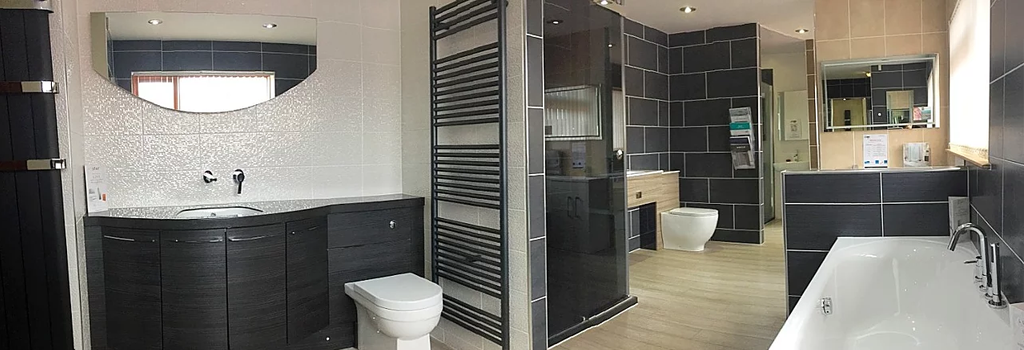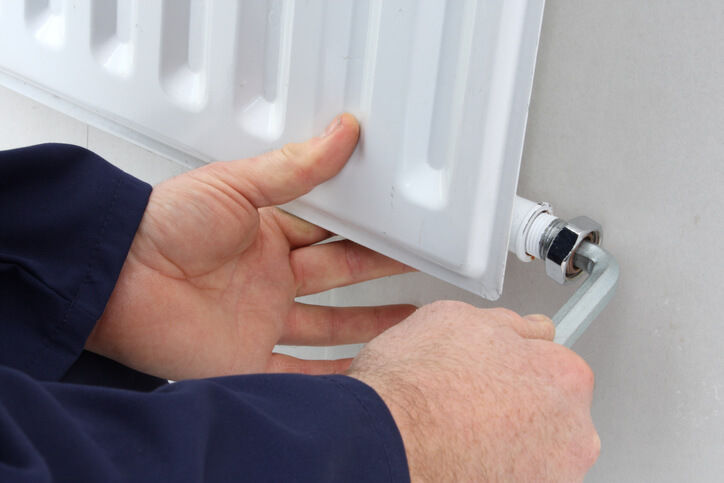Let’s go through the operation of radiators first. Radiators’ stacks of copper fins, which make up their cores, allow them to transfer heat to the air around them. With the aid of a fan, cool air is compelled into touch with those copper fins, absorbing the heat emitted by the fins and removing it from the loop as water passes through the fins. More heat can be extracted from a circle at a given time the more surface area it has (either by employing larger radiators or by combining smaller radiators). Suppose that more radiators in a loop are generally preferable, allowing for potentially quieter operation because slower-running fans can achieve comparable thermal performance.
The Rule of 120mm per Component
According to a general rule of thumb that has been discussed in online forums, each Component that has to be cooled should have a radiator area of 120mm (or 140mm), plus an additional 120mm (or 140mm) if planned to overclock. To adhere to this criterion, reserve 240mm of radiator space for a single overclocked component, 360mm for two overclocked components, and so on. Although this guideline generally applies and reduces some starting misunderstandings, not every chassis is able to adhere to this approach without modification.
Calculate Personal Radiator Size
To determine which radiator is best, use the radiator size calculator. Depending on the type and style of the radiator, radiator sizes vary greatly.
Because Radiator For Sale UK offers the widest selection of radiator sizes in the UK, the radiator size calculator is a beneficial tool. The radiator size chart can assist in deciding when to purchase a radiator, whether to opt for one of the Standard Radiator sizes or determine that one of the contemporary Designer Radiators is suitable for all.
According to their function, design, and the room they are intended for, radiator sizes and shapes vary enormously. For instance, the proportions of vertical radiators are very different from those of horizontal radiators. A bathroom radiator, like a towel rail radiator, will be very different in size and shape from one of the column radiators.
Use the radiator sizing guide to decide, so do not be surprised when the new radiator arrives and won’t be able to be installed. When using a radiator size calculator in the UK, it’s important to remember that they like to measure in metrics and that radiator sizes are calculated in millimetres (mm).
Which Radiator Size Do I Need?
The radiator size calculator can help determine the proportions of the new radiator to fit the available space in the room. For the physical specifications, using the radiator sizing guide is fantastic. Still, the BTU Calculator is a helpful tool to determine how much heat output is suitable for the room. This heat loss calculator will collaborate with the UK radiator size calculator to produce a Radiator Size Guide chart that will help to determine which radiator type is best for the space.
Which Radiator Size Is Required For the Room?
The dimensions of the room will determine the size of the radiator needed. If replacing a radiator and need to figure out how big a radiator the room needs, follow these four easy steps:
- Where the radiator will be placed, height should be measured.
- Measure how wide the radiator needs to be.
- Calculate the pipe centres (from the centre of the left-hand pipe inlet to the centre of the right).
- Calculate the wall-to-pipe distances (from the centre of the pipe inlet to the wall).
Are radiator sizes uniform?
Due to their different dimensions, radiator sizes change between models. A Vertical Radiator, for instance, will be far taller than it is vast compared to a Standard Radiator.





